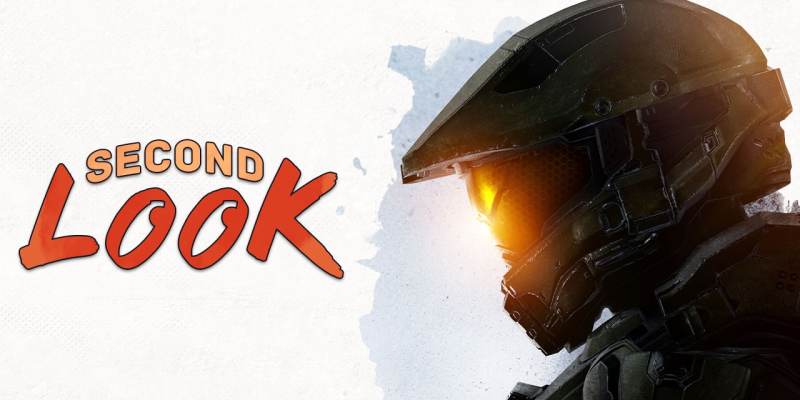One of my earliest pieces for the Escapist was about how Gears 5 seemingly took one long look at Halo 5: Guardians and went, “Okay, so how about this, but it doesn’t fall apart?” That’s because Halo 5: Guardians is a train wreck of great ideas. It’s not good, but it’s fascinating because it’s also not terrible. It’s functional and on a base level entertaining enough.
If all you need from a game is for it to look and sound great, then Halo 5: Guardians is a masterpiece with its detailed animation work, cinematic cutscenes, and buttery smooth frame rate. Guns pop open the heads of Covenant and Forerunner enemies like it’s the 4th of July. Every effect flourishes with life, regardless of if you land a hit or miss your target. The movement and aiming have never felt this refined and intuitive. New abilities like dashing, charging, and ground pounding are so satisfying that you’ll forget that they’re not all that useful outside of specific instances.
That’s the inherent trick to Halo 5: Guardians. It knows precisely what it wants every element to be and what fans yearn for, yet fails whenever it comes to harnessing its immense sandbox of toys. Every level is a different flavor of the same linear action redressed to hide how familiar everything is. Defeating the towering Kraken is mechanically identical to taking out the exhaust ports of the UNSC station Argent Moon; it’s just a question of how many targets need to be blown up. Sanghelios and New Meridian both emphasize fighting over bridges, chokepoints, and wide hallway arenas with high ground to either side and at least one turret every 10 minutes or so.
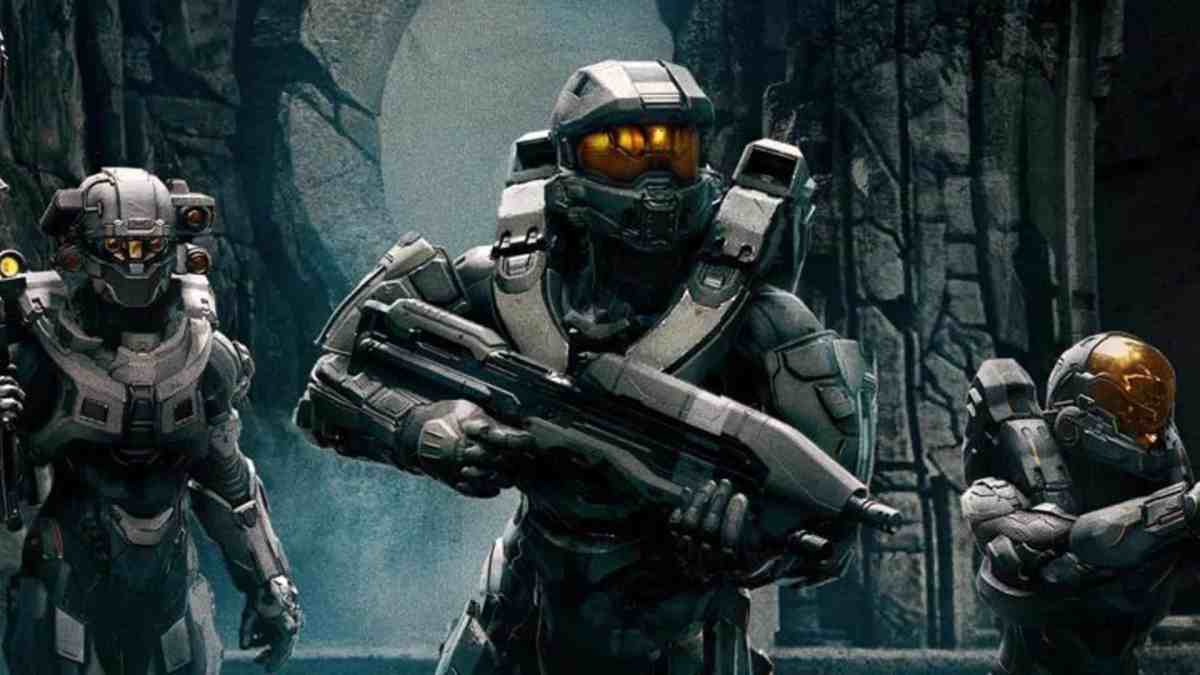
In theory you go on a lengthy journey across multiple planets in a desperate race against time, but you never feel like it. The verbs aren’t distinct from one another. Sanghelios doesn’t have an amazing set piece or shift in level design to make it stand out from the levels that came before. The Forerunner world Genesis is just a greener version of New Meridian with some Covenant enemies sprinkled in. While arguably each level is structured differently in the most basic terms, they don’t have the personality Halo 5: Guardians’ art direction deserves. Again, aesthetics are the only element that triumph, and they too are rarely in service to a core objective.
Like the first draft of a novel, the foundational pieces are here, but there’s almost no texture to the design. For example — why do you ambush the player with a pair of Hunters, two of the strongest enemies in the series? Halo 5: Guardians’ answer is, “Because it’s a round arena with some cover.” Not because we’ve been riding high and likely have power weapons that need to be depleted; there’s a mounted turret and some extra ammo so we can cheese our way through that would negate that. You’d argue maybe it’s to emphasize teamwork, but given that your AI teammates are barely functional muppets that’s not really an option if playing solo, so you can’t force that either.
There’s another section in a room with multiple open floors. You’ve got a sub-level, the main floor, and the upper catwalk. What are they there for? Hypothetically, to make this section highly replayable. Yet every time, neither the enemy nor I had any use for the sub-level. The catwalk was mostly used by the weakest enemy type to get so close to me that I could melee most of them. While Covenant Elites did try to charge on the main floor, by wiping out their reinforcements and taking the catwalk, they were pinned under my team’s fire in seconds. This is how it plays out every time. Despite the options presented, there’s not any real reason to explore them all.
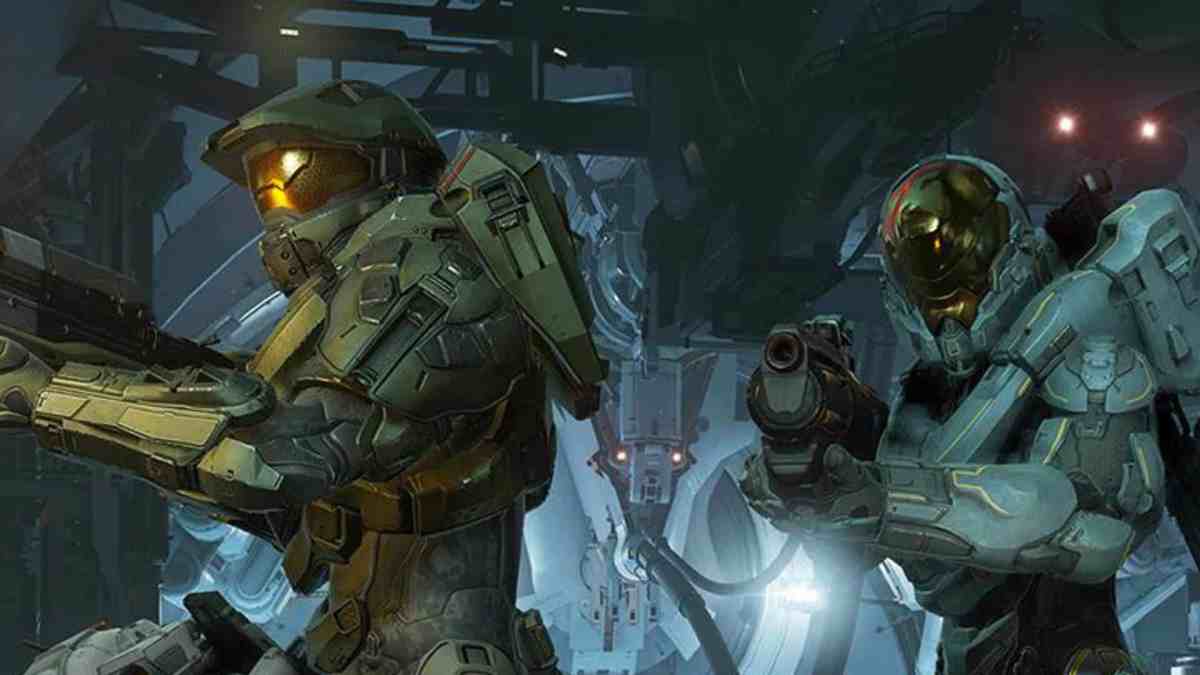
It’s not hard to imagine alternatives that use the exact same level layout more effectively: Have power weapons visible in the sub-levels, and set certain enemy waves to also spawn down there, especially cloaked Elites who would benefit from the darkness and force players to stay on their toes. Use Hunters on the catwalk so that fighting those goliaths is far trickier given you’ll have less room to evade them without losing the height advantage. The main floor can be where the majority of enemies appear, incentivizing staying mobile between all three floors. If you really want to add some spice, alter the objective so that the player has to access at least one computer panel (or something) on each floor so that they don’t miss anything.
Some of the brilliance in Halo as a game is it uses a fairly simple, streamlined rule set very effectively. The Covenant seem intelligent and cunning because of how they’re designed to play on your perceptions. Elites are your real primary threat. Grunts are cannon fodder whose shots can stop your shields from recharging. Jackals force you to close the gap or be deadly accurate. Hunters demand movement. Brutes merge Elites and Hunters into an evolving enemy type with differing behaviors based on if they’re winning or not.
Halo 4’s Promethean Forerunner enemies tapped into this, but their lack of variety undercut their potential. Watchers provided support and shields and could counter grenades. Crawlers were snipers and infantry that could scale any terrain at almost any angle. Knights were as tough as Elites and as aggressive as Brutes. Halo 5: Guardians’ sole addition to the Forerunner enemies is a soldier… who uses rifles… and shotguns. I wish I were joking.
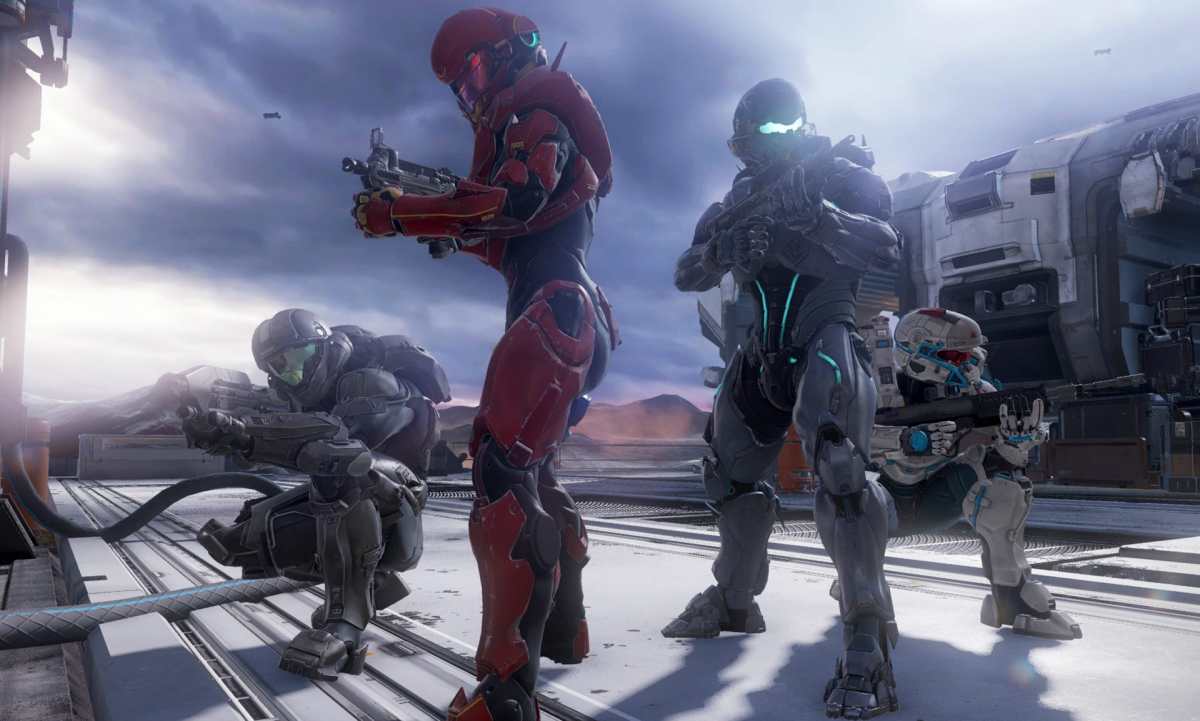
I can’t think of a better metaphor for Halo 5: Guardians’ lack of understanding how to achieve its goals. Clearly 343 Industries knew the Forerunners needed more types of enemies to fight, yet its solution was to scale back the presence of Knights and Watchers in lieu of a generic soldier. They wanted to fully incorporate co-op into the narrative rather than awkwardly ignore it, but the resulting partners can only be sloppily commanded with a single context-sensitive button press. That’s not one button per squadmate; that’s one button for all three AI companions, for every potential situation.
Worst of all though is how this seeps into the story. Now, it’s pretty obvious that Halo 5: Guardians underwent some narrative restructuring. Almost every game does, but the opening acts of Halo 5: Guardians are more than slapdash — they just don’t flow at all as seemingly intended.
The level “Blue Team” is the obvious starting level, a classic protagonist at the helm as it reintroduces players to all the classic enemy types of the Covenant. The introduction of Master Chief’s old Spartan-II squadmates from the Halo expanded universe tells us the scale is going to be bigger this time. Most significantly, it establishes a clear hook: Cortana isn’t dead, and Chief needs to find her. You’re pumped and ready to find out where this story is going.
Except this is not how Halo 5: Guardians opens. “Blue Team” is the second level. Instead, the first level introduces us to three characters we barely know and a returning side character from Halo 3: ODST who inexplicably is a Spartan now. Want to know who these folks are? Buy the books! Watch the terrible Halo: Nightfall miniseries! If you don’t, enjoy the CliffsNotes version of their character development as you get to know a group of relative unknowns that never really prove themselves to Halo’s audience.
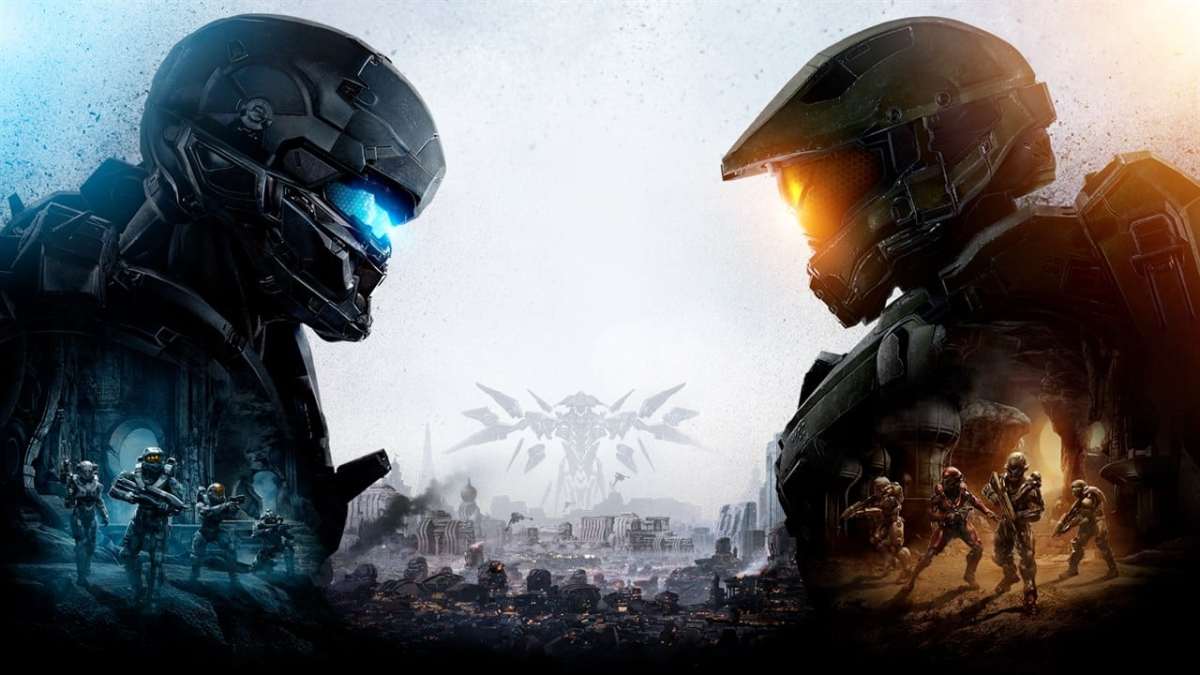
It’s not that new leads can’t work in Halo. Halo 2 made a great case for the Arbiter, despite some grousing about playing as an Elite back in the day. It established his motivations, tied him directly into Master Chief’s story, and made his own arc meaningful — all of which does not occur for Halo 5: Guardians’ characters. Why is Locke here? We’re given one vague line alluding to Master Chief inspiring him to go from an ONI agent to becoming a full-fledged Spartan. Everyone else jams in bits of their backstory as the bullets fly, desperately trying to leave their mark. Oh, and you kill the new leader of the Covenant at the end of the first level.
Did I forget to mention that? You execute an antagonist who was established by multiple tie-in materials faster than you can say Captain Phasma. Does this leave the Covenant in disarray like Regret dying in Halo 2? Nope! They just keep on fighting you, relentlessly, without any leadership for the rest of the campaign. Doesn’t this seem like a mid-campaign twist moment? Wouldn’t it be more meaningful if the Arbiter, who appears in Halo 5: Guardians’ campaign, were the one to kill his rival?
I hate to use the word careless, but there are few others that encapsulate how haphazardly Halo 5: Guardians strings its campaign along. As I said, it’s obvious something went wrong in the narrative design. Early trailers promised Master Chief gone rogue and potentially hunting him down. Instead he just gets in a brief fist fight and goes AWOL for a hike on an alien planet. The expanded universe is supposed to be taken seriously, but the game portrays Master Chief’s best friend Linda like a secondary extra as she follows behind, barely uttering a word.
On a foundational level, Halo 5: Guardians functions. It’s breezy enough to be enjoyed, but I can point to no greater example of how to miss the mark on what makes Halo so special. It’s not the sprinting or being able to aim down sights or Warzone’s ridiculous REQ system that brings Halo 5: Guardians down. It’s a lack of finesse, an absence of creative spark, that makes it as meaningful as a bag of Doritos.
